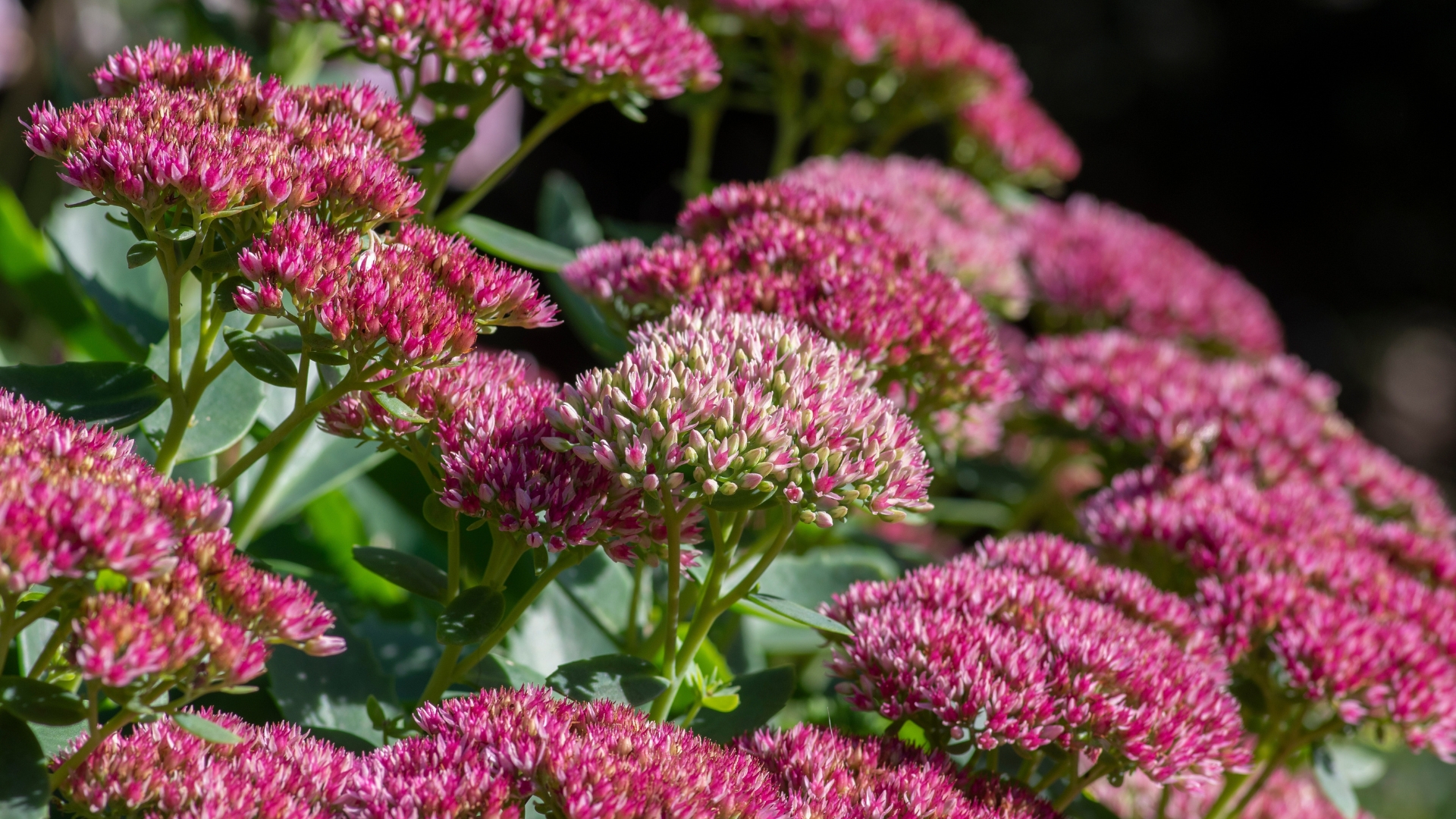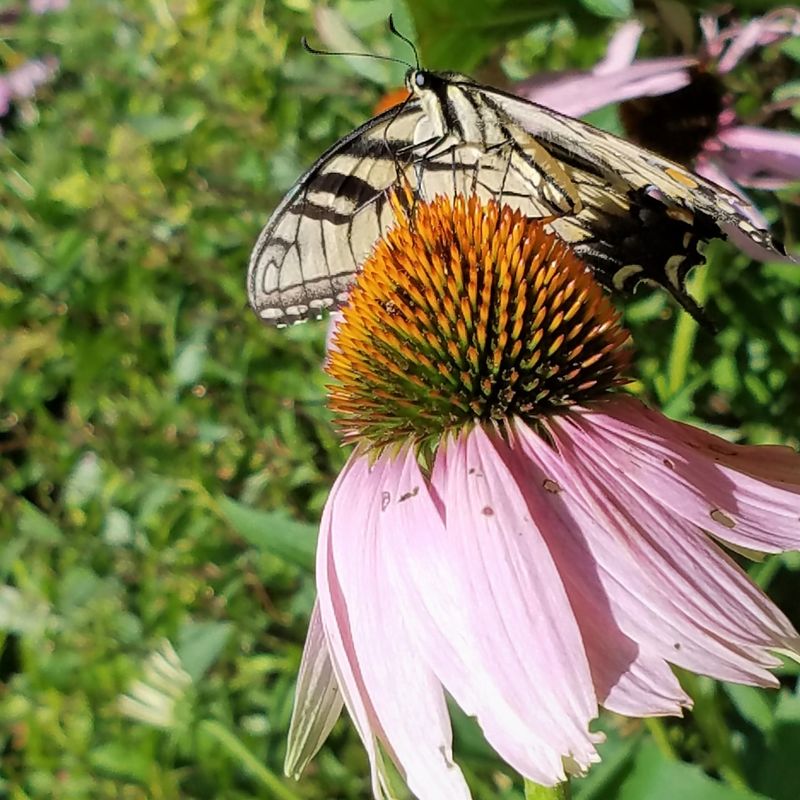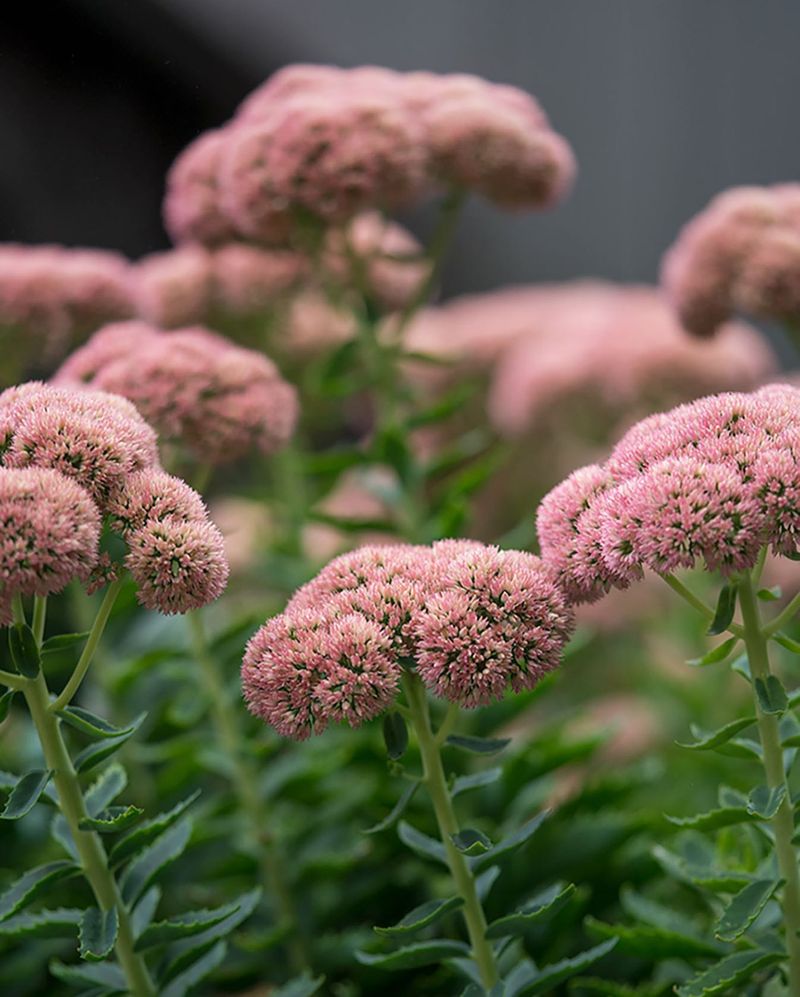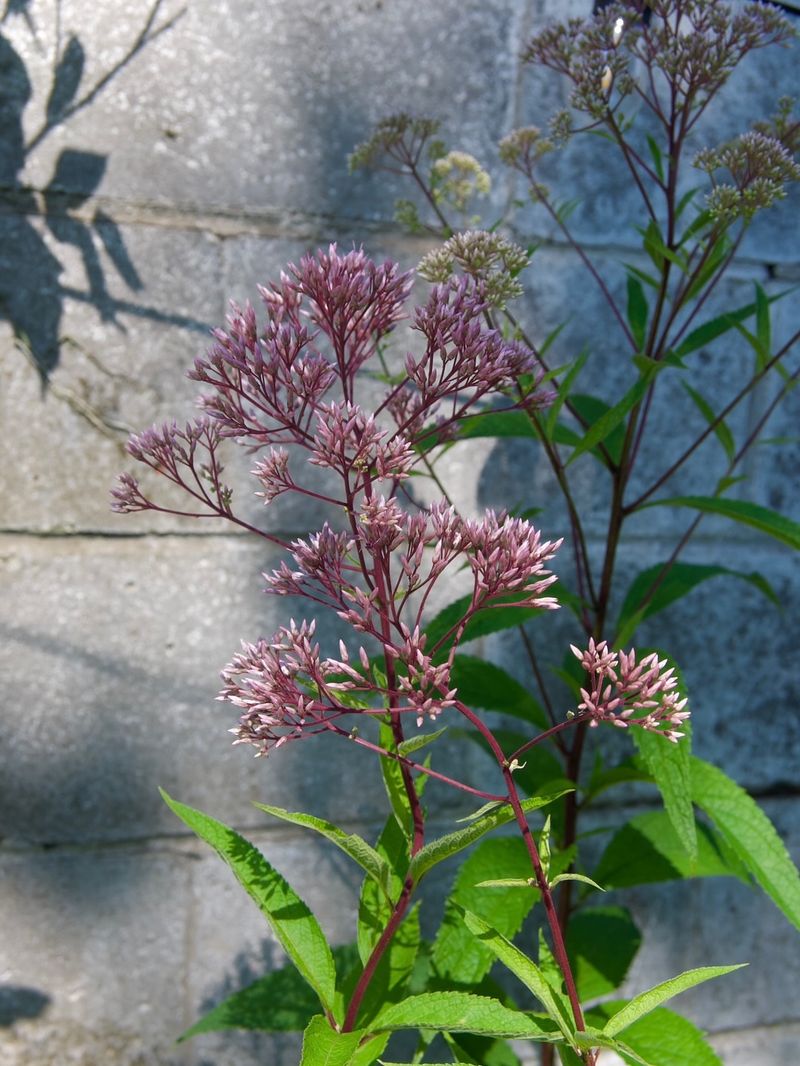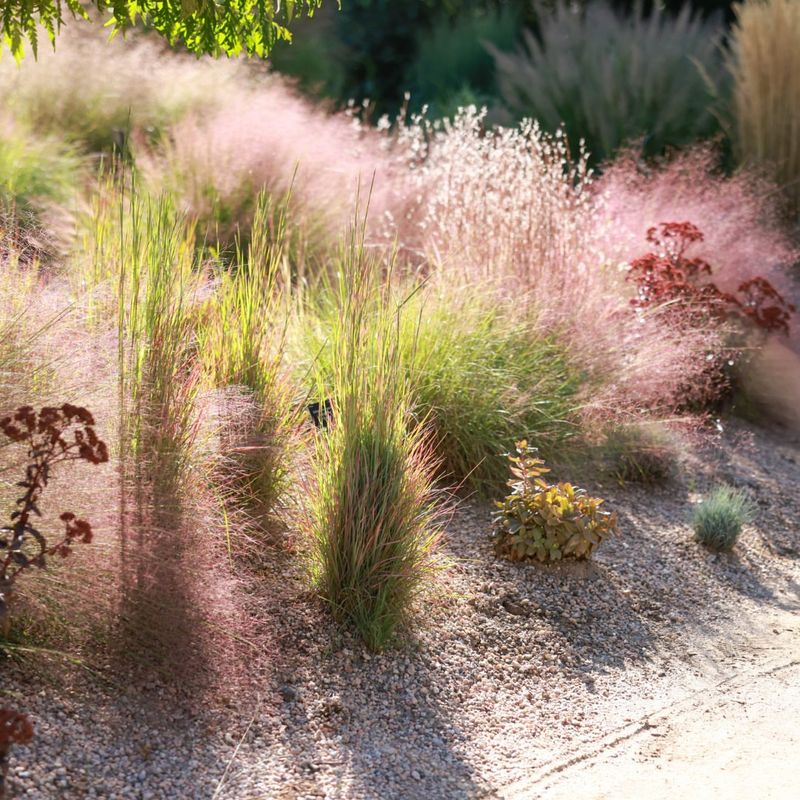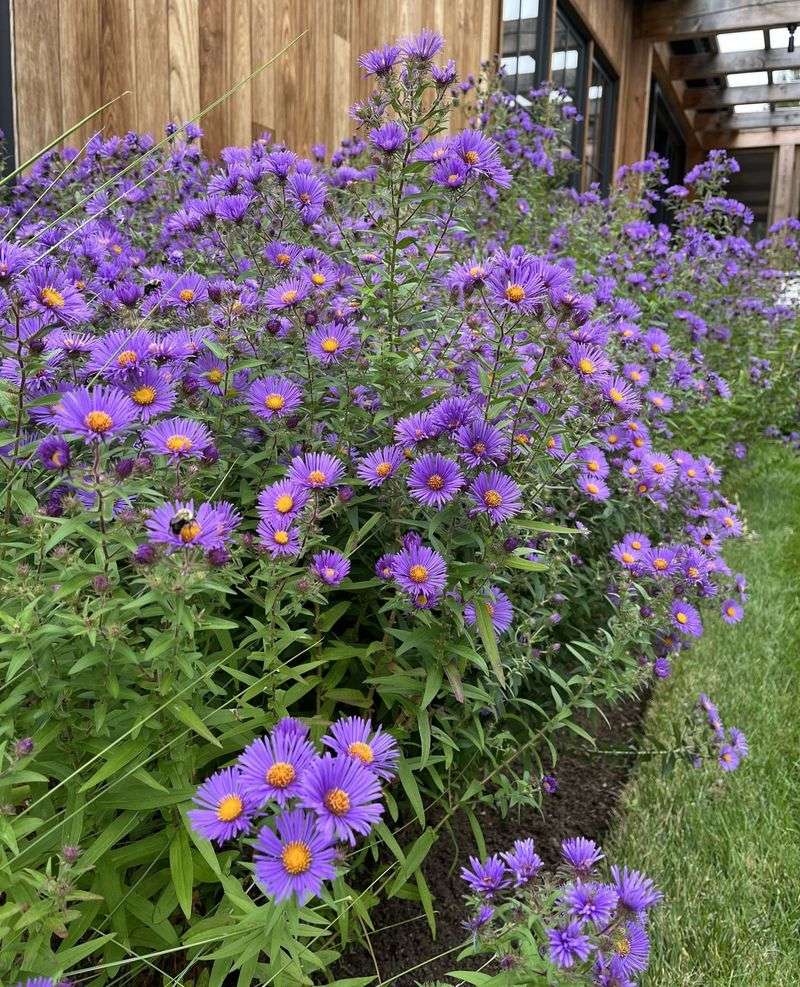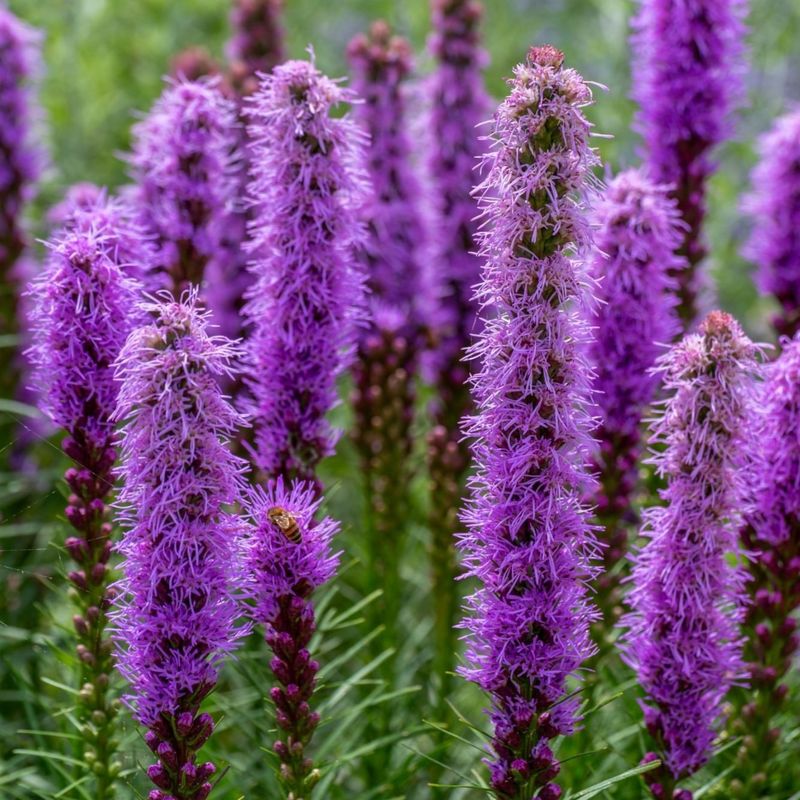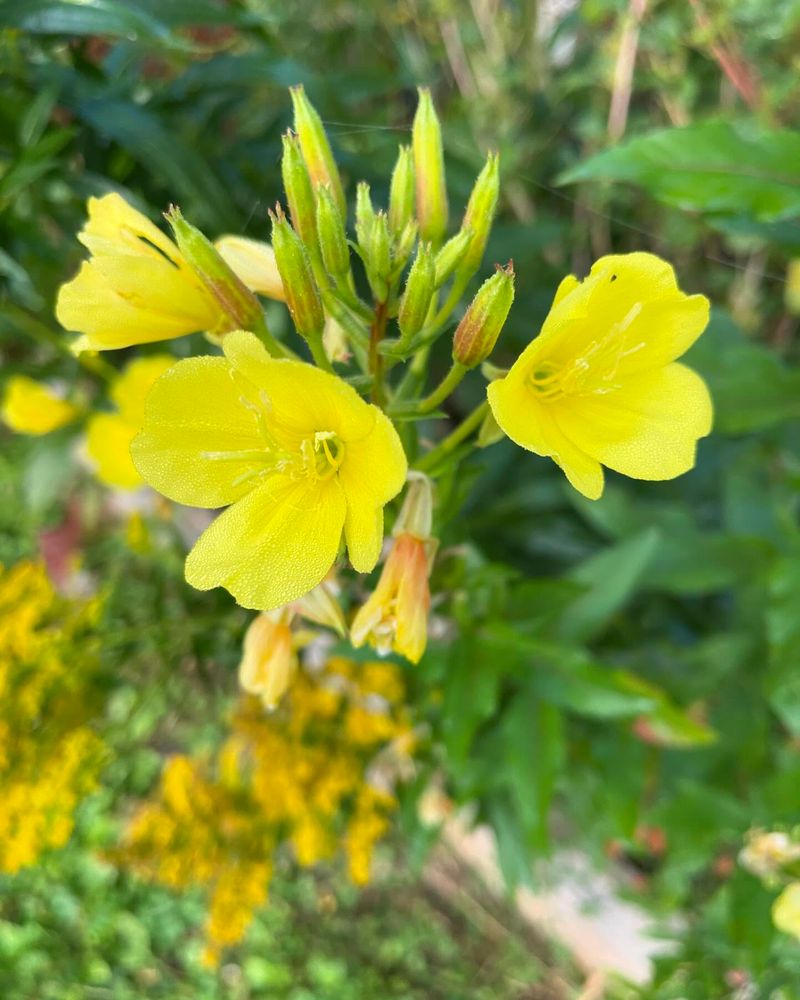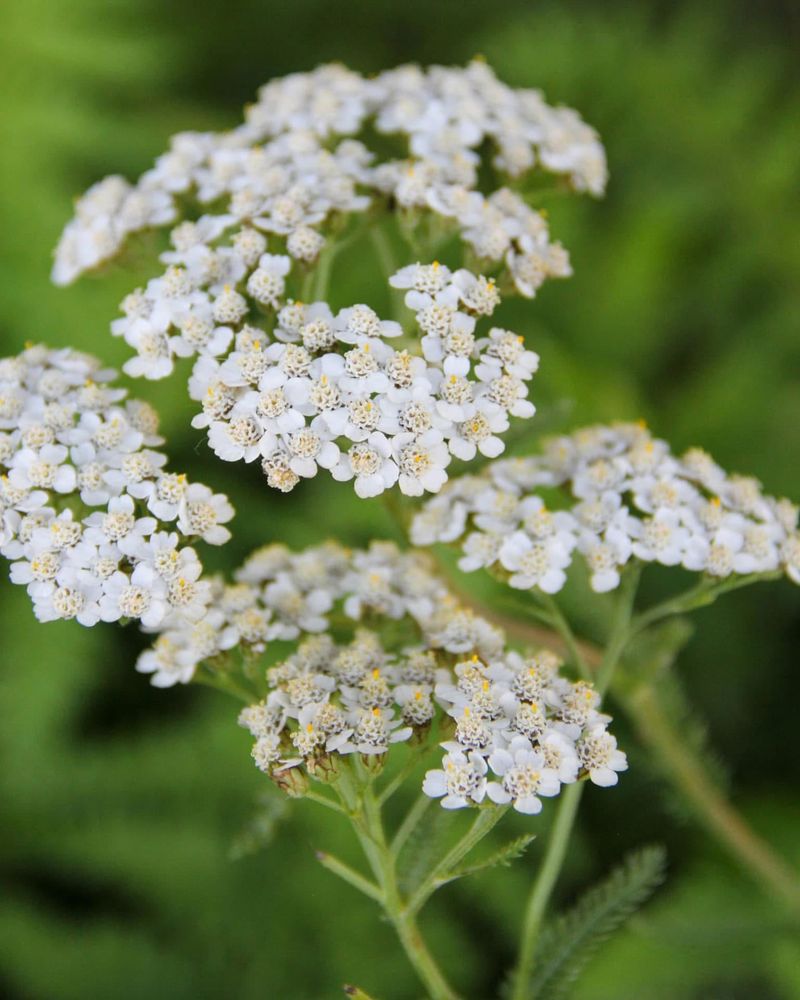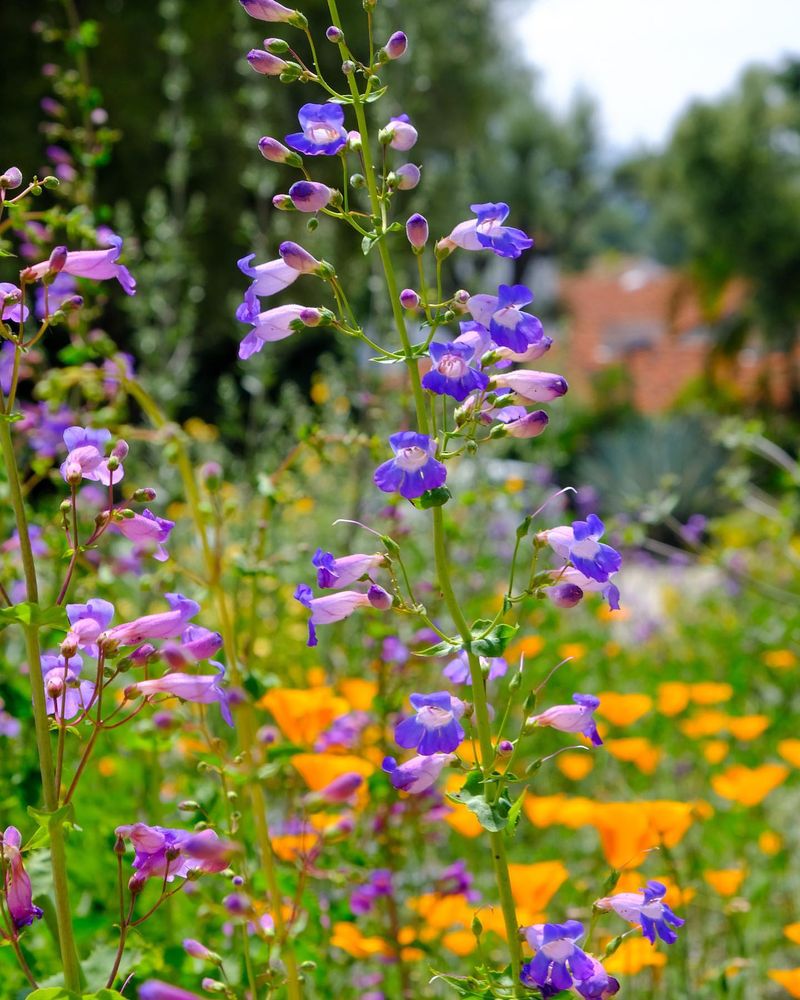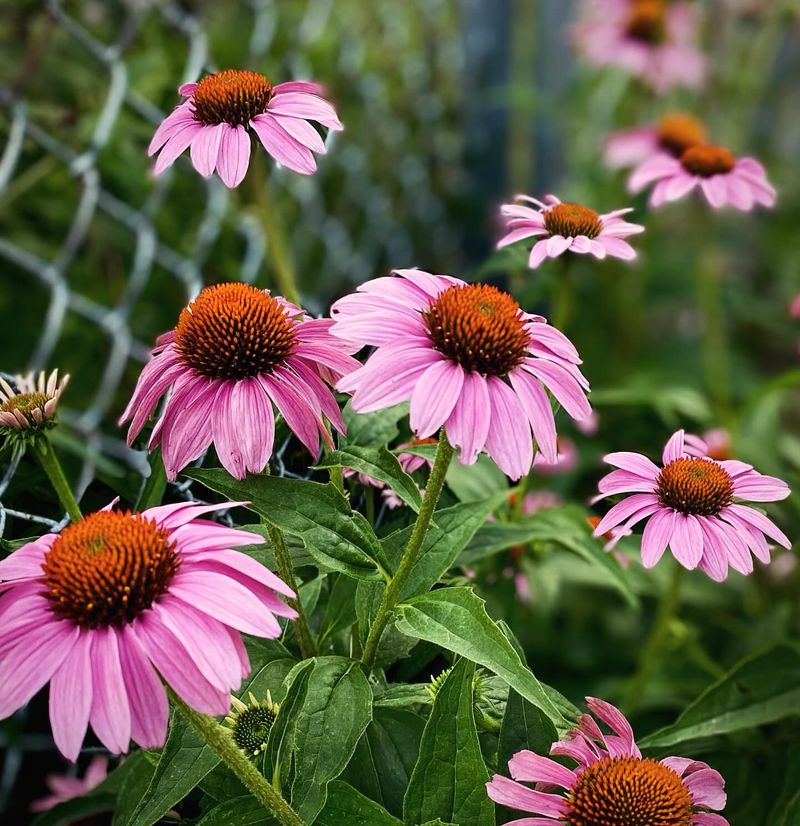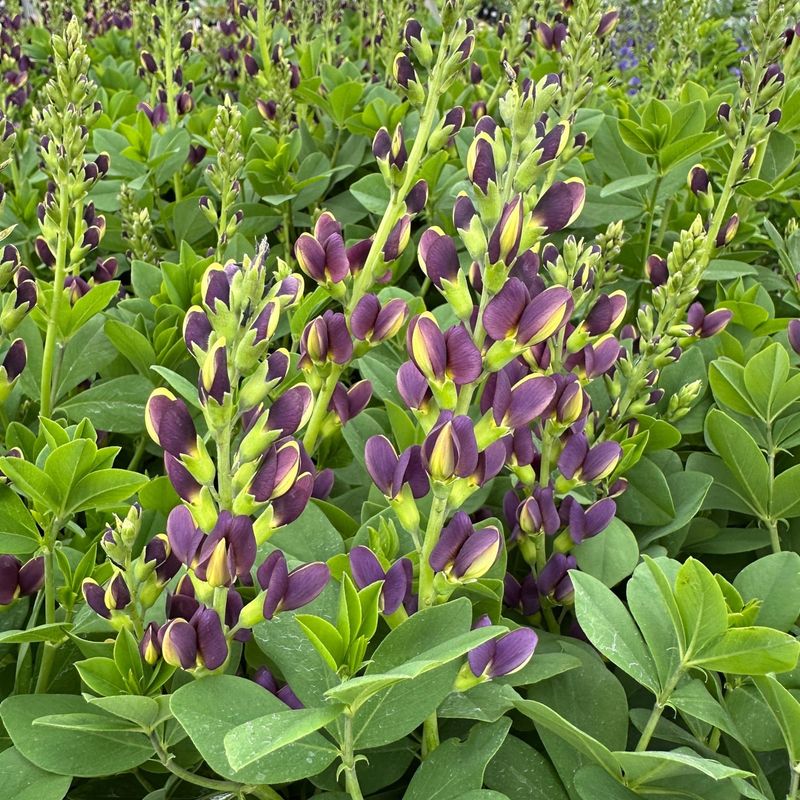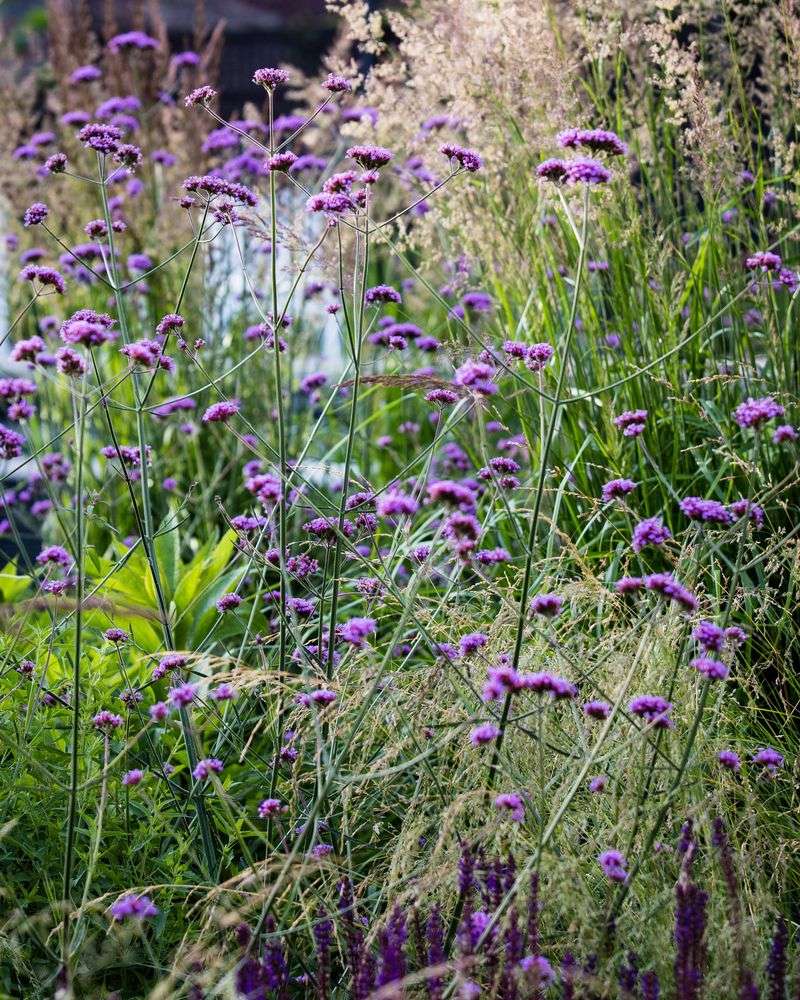Colorado gardeners, fall is on the horizon and your perennials are gearing up for a second act. Now’s the time to press pause on pruning and let those plants go to seed—they’re nature’s bird buffet.
I’ve held back my pruning shears before, and watching feathered friends swoop in to feast on the seedheads felt like a backstage pass to nature’s magic.
These 17 perennials are still full of value—just the kind that transforms your garden into a lively bird hang‑out. Let’s give those birds an all‑you‑can‑eat season and extend the joy of your garden well into autumn!
1. Coneflower (Echinacea)
Goldfinches adore these spiky seedheads throughout winter. Their sturdy stems stand tall even under Colorado’s heavy snow, providing reliable feeding stations when other food sources disappear.
Many Colorado gardeners witness finches clinging to these architectural beauties during snowfalls. The dried brown centers contain hundreds of nutritious seeds that sustain birds through the harshest months.
2. Black-Eyed Susan (Rudbeckia)
Sparrows and chickadees flock to these golden-turned-brown blooms once seeds mature. The distinctive dark centers become perfect feeding stations as temperatures drop across Colorado’s diverse climate zones.
Leaving these prairie natives standing creates natural bird feeders right in your yard. Each flower produces hundreds of tiny seeds, making them bird magnets from Denver to Grand Junction.
3. Sunflower (Helianthus)
Wild birds can’t resist the bounty of perennial sunflower varieties. Their nodding heads become nature’s perfect bird feeders, offering easy access to nutritious seeds right through winter.
Colorado’s state bird, the lark bunting, particularly enjoys these native treasures. The sturdy stems handle mountain winds while providing essential calories that help birds survive freezing Front Range nights.
4. Sedum
Tiny warblers and finches pick at sedum’s clustered seedheads all winter long. The star-shaped flowers transform into perfect landing pads where birds can perch while dining on the abundant seeds.
Hardy enough for Colorado’s challenging climate, sedum stands firm through snow and ice. Many Colorado birders report increased activity around these succulent perennials during the first winter storms.
5. Joe-Pye Weed (Eutrochium)
Fluffy seedheads atop tall stems make perfect perches for small songbirds. Native to North America, this meadow plant offers both seeds and shelter to Colorado’s winter bird population.
The hollow stems also provide homes for beneficial insects that birds hunt. Colorado gardeners from Boulder to Durango report increased bird activity around these majestic plants throughout the coldest months.
6. Ornamental Grasses
Feathery plumes of native grasses like Little Bluestem provide both food and nesting material. Birds strip the seeds directly from the stalks while enjoying protection from Colorado’s fierce winter winds.
The movement of these grasses adds winter interest to your garden landscape. Throughout Colorado’s varied elevations, these adaptable plants create bird-friendly habitats that sustain wildlife when food becomes scarce.
7. Goldenrod (Solidago)
Despite myths about allergies, goldenrod is a bird magnet that deserves a place in every Colorado garden. Its bright yellow flowers mature into seed-laden stalks that attract dozens of bird species.
The sturdy stems remain upright through snow and ice, providing reliable feeding stations. Colorado birders report goldfinches, juncos, and sparrows frequenting these native plants well into winter’s coldest days.
8. Aster
Late-blooming asters provide last-minute nectar for migrating butterflies before transforming into seed buffets for birds. Their star-shaped seedheads offer easy access to nutritious treats throughout Colorado’s variable winter weather.
Native varieties are especially valuable in foothill gardens where food sources become limited. Across Colorado’s diverse regions, from prairie to alpine, these hardy perennials support birds through the harshest months.
9. Bee Balm (Monarda)
After its summer show of tubular flowers, bee balm develops seedheads that chickadees love to investigate. The unique whorled shape provides perfect landing spots for tiny birds seeking winter sustenance.
Colorado’s native bird populations rely on these seeds during harsh weather. Even in high-elevation gardens around Estes Park, these sturdy plants remain standing through winter, offering critical food sources.
10. Anise Hyssop (Agastache)
Tiny seeds packed into dried flower spikes attract finches and sparrows throughout winter. The licorice-scented foliage may deter deer, but birds find the abundant seeds irresistible as Colorado’s temperatures drop.
Native to North America, these drought-tolerant plants thrive in Colorado’s challenging climate. Gardeners from Colorado Springs to Fort Collins report birds stripping these plants clean by late winter.
11. Blazing Star (Liatris)
Tall spikes loaded with fluffy seeds become natural bird feeders in winter gardens. Goldfinches particularly love clinging to these vertical stems while extracting the nutritious seeds hidden within.
The purple summer blooms transform into architectural elements that stand proud through Colorado snowstorms. Gardeners across the state value these native prairie plants for their bird-feeding capabilities in the harshest months.
12. Evening Primrose (Oenothera)
Low-growing rosettes produce seed-filled capsules that split open to reveal tiny treasures birds adore. Their ability to thrive in poor soil makes them perfect for Colorado’s challenging growing conditions.
The seeds remain viable throughout winter, providing sustenance during unexpected warm spells. Colorado’s varied climate means birds need these reliable food sources from the Eastern Plains to the Western Slope.
13. Yarrow (Achillea)
Flat-topped flower clusters transform into seed platforms perfect for small birds to perch and feed. The feathery foliage adds winter interest while providing shelter for ground-feeding species.
Colorado’s state bird, the lark bunting, often visits yarrow stands during winter foraging. Native to the region, these drought-tolerant plants thrive from Denver’s urban gardens to mountain meadows near Breckenridge.
14. Penstemon
Bell-shaped flowers develop into seed capsules that split open, revealing tiny black seeds birds love. Native varieties are especially valuable in Colorado gardens where they’ve adapted to local conditions over millennia.
These drought-tolerant beauties attract hummingbirds in summer and seed-eaters in winter. From the red rocks of Colorado National Monument to Denver’s urban spaces, penstemons provide essential bird nutrition year-round.
15. Purple Coneflower (Echinacea purpurea)
Distinct from its cousins, purple coneflower’s large seedheads become winter bird magnets. The central cones contain hundreds of seeds that attract everything from cardinals to juncos throughout the cold season.
Their sturdy stems withstand Colorado’s heaviest snows, ensuring food remains accessible. Gardeners across the state, from Pueblo to Sterling, report birds visiting these native beauties even during blizzard conditions.
16. Baptisia (False Indigo)
Rattling seedpods contain hard black seeds that persistent birds can access all winter. The architectural stems stand tall through Colorado’s snowstorms, creating dramatic winter interest while feeding wildlife.
Native to North America, these long-lived perennials become more valuable with age. Colorado gardeners appreciate their drought tolerance and ability to support birds from the Eastern Plains to mountain communities.
17. Verbena
Tiny clustered seedheads atop wiry stems attract a variety of small birds. The seeds remain viable throughout winter, providing essential nutrition during Colorado’s unpredictable weather patterns.
Their low-growing habit makes them perfect for rock gardens and xeriscapes. From Grand Junction’s arid climate to Boulder’s foothills, these drought-tolerant plants support bird populations when other food sources have disappeared.

